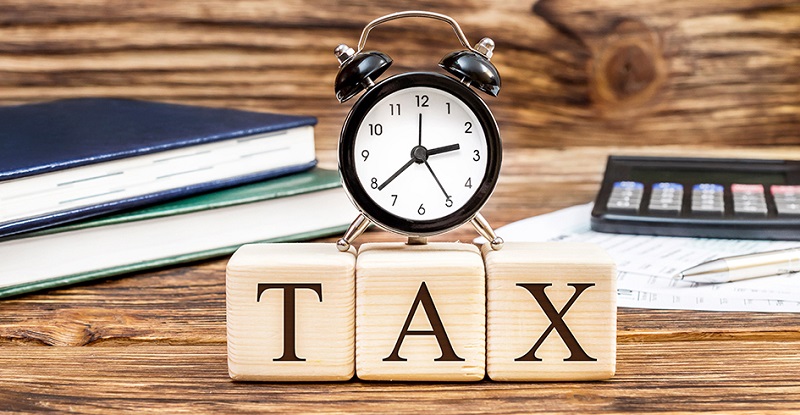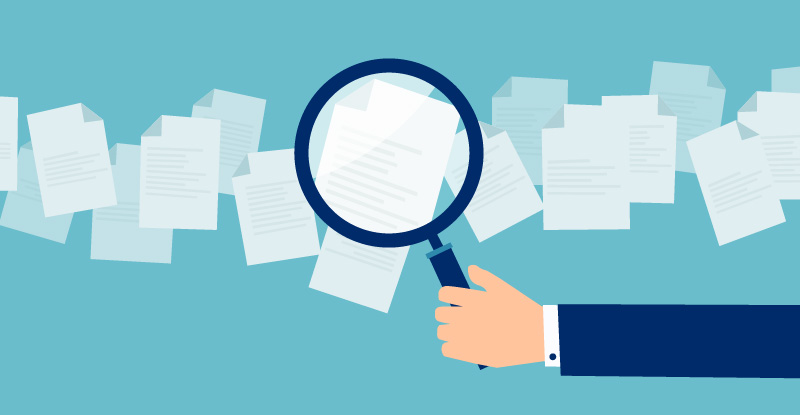
To date, approximately 1,100,000 people in BC have applied for the Canada Emergency Response Benefit (CERB), while over 8,245,000 people have applied for it nationally. Originally intended to last sixteen weeks, the CERB has been extended as COVID-19 continues to take a severe toll on employment and all parts of the economy. The CERB is now available for a total of 24 weeks, from the original start date of March 15 to October 3, 2020, as well as retroactively within this period.
CERB recipients need to be aware that the CERB is a taxable benefit and is considered ordinary income. In other words, the amount of taxes owed from CERB payments will depend on the recipient’s total income for 2020 and their marginal tax rate for the year. And because taxes have not been deducted automatically from the CERB (as they would be, for example, from an RRSP withdrawal or employment income) it is critical that CERB recipients who are in a position to do so set aside funds now to ensure they can pay any taxes owed next Spring.
Plan ahead: Calculate taxes owed and set aside funds now
Where feasible, CERB recipients should plan in advance and put aside the amount of taxes they will need to pay on this benefit in April 2021. Those who don’t plan ahead could face the difficult reality of owing hundreds or thousands of dollars in taxes. But how much tax will CERB recipients need to pay?
Gauging the amount of 2020 tax owing on CERB payments will require determining the recipient’s total 2020 income – which could be difficult to assess as it may fluctuate depending on their employment situation. However, as a starting point, one could use the following formula to determine their 2020 income:
Pre-pandemic employment income + Estimated total CERB payments + Estimated other income + Potential employment income for remainder of 2020 tax year = Estimate total income
Once an estimated total income is calculated, an online tax calculator could then be used to determine marginal tax rate and ultimately, determine an estimated amount on taxes owed for 2020.
For CERB recipients, it is important to use this estimate amount as a basis to start setting aside funds to minimize the risk of not making their tax payments in 2021.
CERB recipients will receive a T4A that reports the amount of the CERB received. If they need to repay any of the CERB funds they have received, they should do so before December 31, 2020, to ensure that the T4A is appropriately calculated.
Non-taxable benefits and payments
While the CERB is a taxable benefit, some provincial and federal emergency benefits do not require the recipient to pay tax, including the:
- BC Emergency Benefit for Workers: A one-time, tax-free payment of $1,000 for BC residents whose ability to work has been affected due to COVID-19.
- Canada Child Benefit: The amount of this benefit increased in July 2020 and the federal government also provided a one-time top-up of $300 per child in May. Parents who did not receive these funds can apply to do so.
- Seniors Payment: A one-time, tax-free payment of up to $500 for those 65 and over.
For those who have lost their jobs because of COVID-19, this is a very difficult, uncertain, and stressful time. However, taking the time to plan ahead and set aside any funds that will be owed on the CERB is one step people can take to proactively prepare for the future.
Shane Schepens, CPA, CA is a Partner at Clearline CPA. Shane’s focus is on Canadian tax planning, such as reorganizations, estate, and succession planning for medium and small private companies. Shane is a member of the CPABC Taxation Forum. Visit our personal finance section for more tax-related tips.



